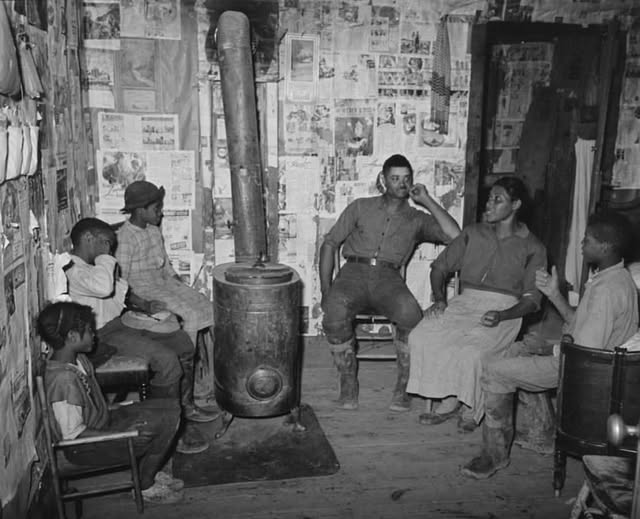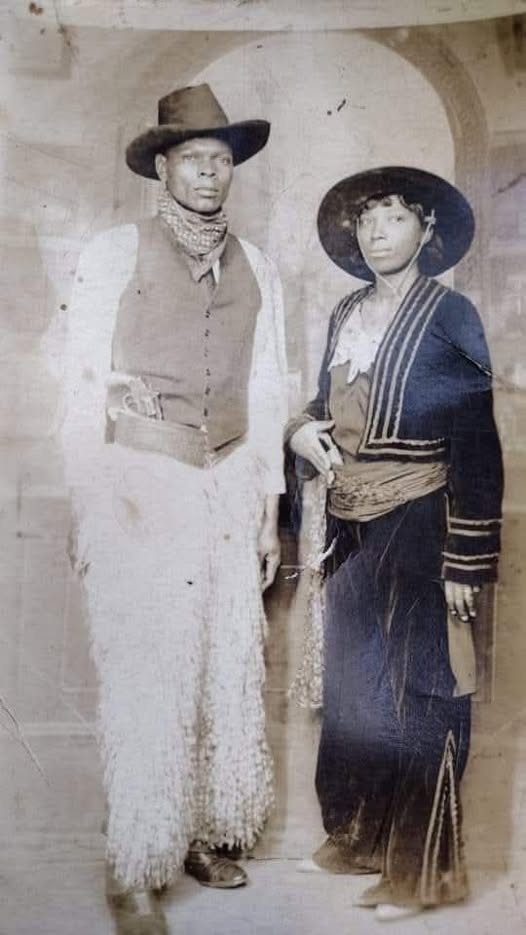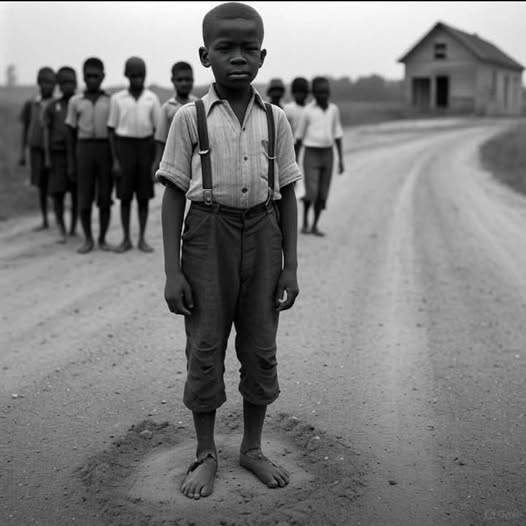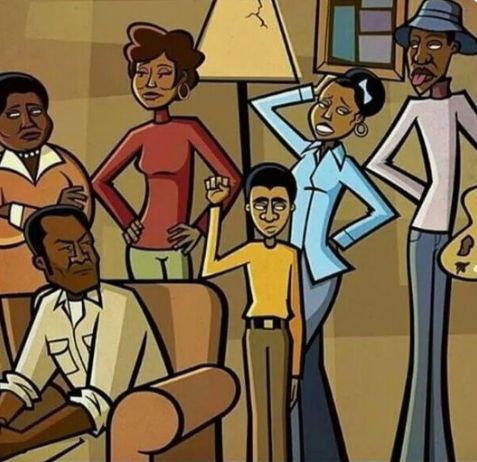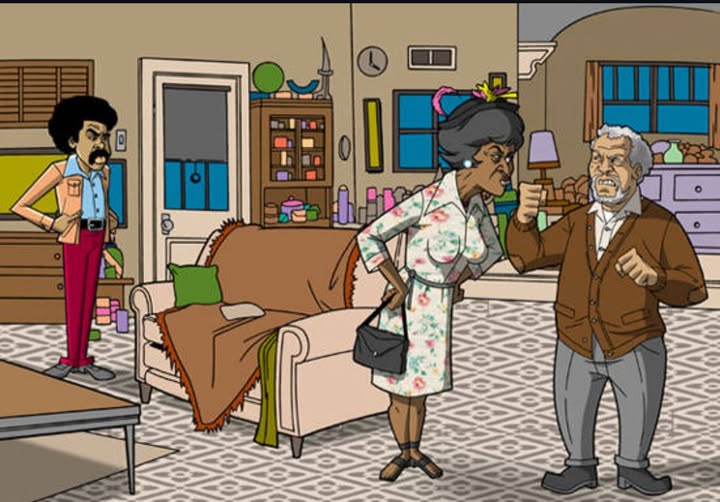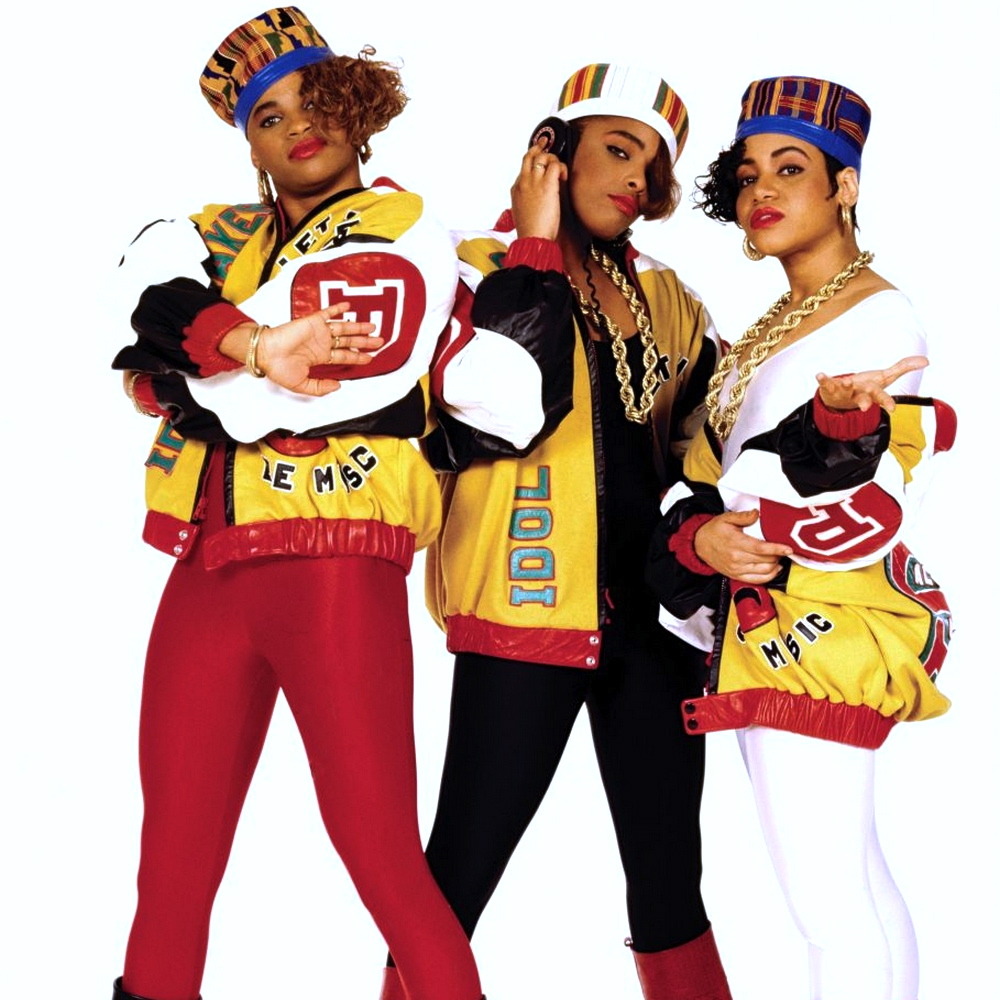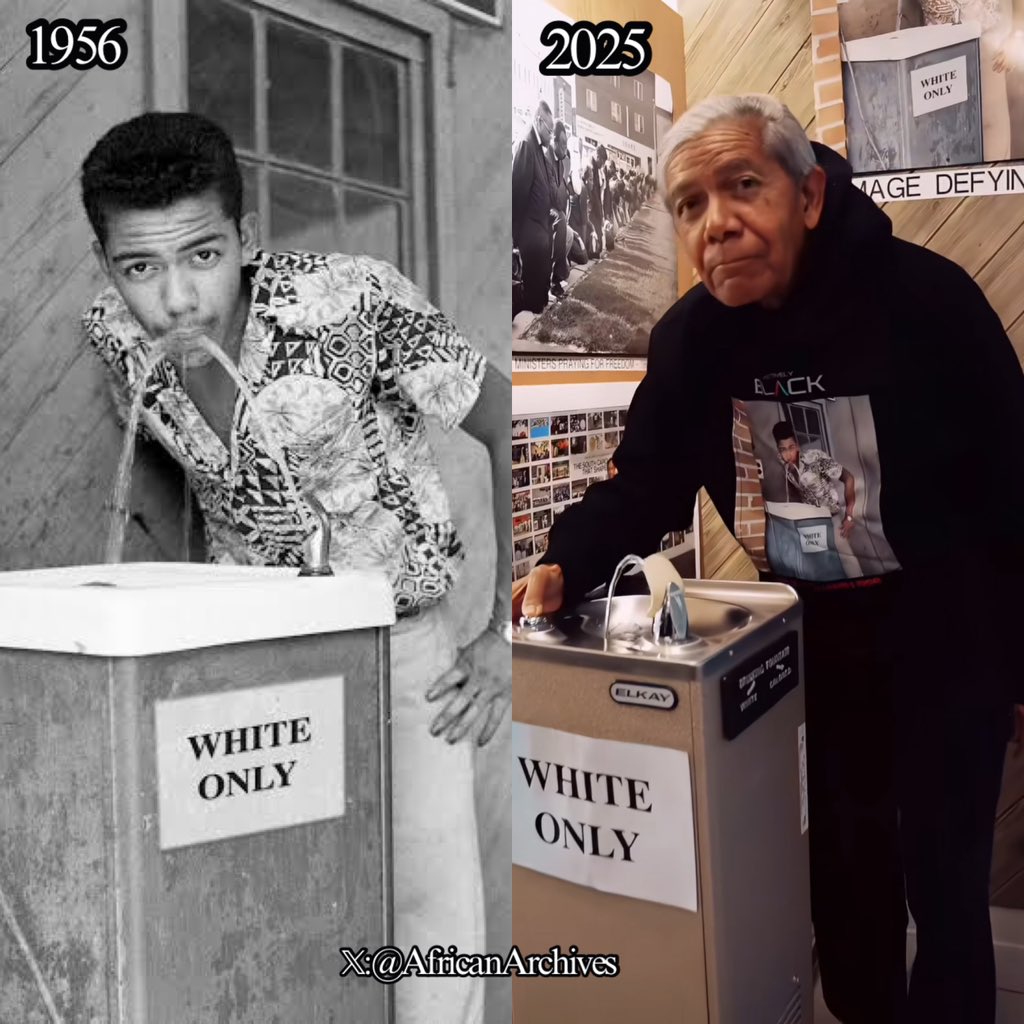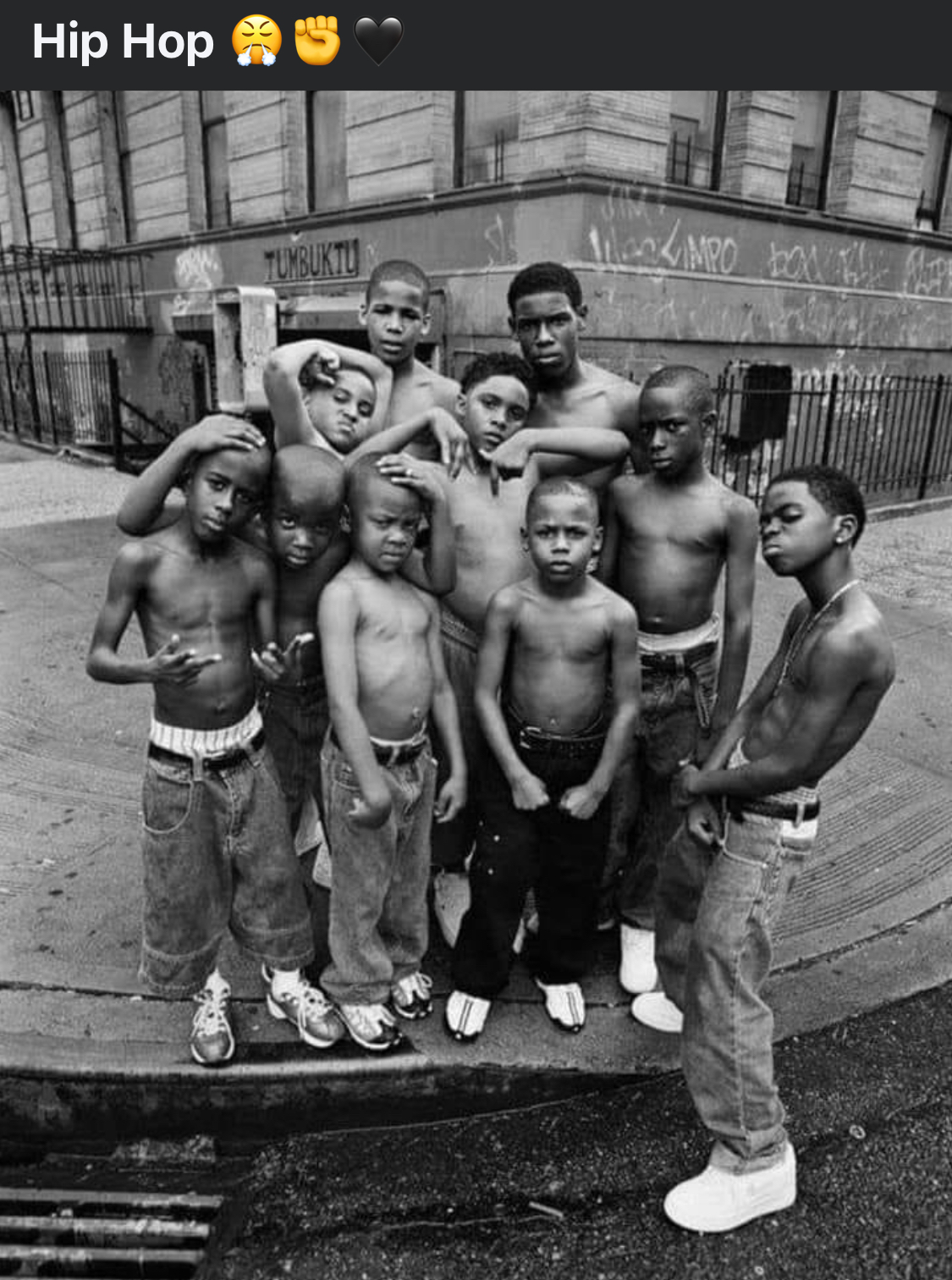Go to comments for CLARITY
In the segregated South, in a town near Clarksdale, Mississippi, there lived a young Black boy named Samuel Reed, age 12. He walked five miles to school each day—not unusual at the time. But what made Samuel stand out was that he walked barefoot. Every single day.His family, like many others during the Great Depression, could not afford shoes. Samuel’s mother had patched his soles with burlap and wrapped them in twine during winter. Still, he never complained—not once.
One day, Samuel was stopped by a white shopkeeper on Main Street who accused him of “stealing glances” at boots in the store window. The man called the sheriff. Samuel was humiliated, yelled at, and told he didn’t “deserve shoes he couldn’t buy.”
He walked home in silence. That night, his mother found him soaking his feet in cold water, silent tears rolling down his cheeks. She sat beside him and told him something he would never forget:
“They can take your shoes, baby, but they can’t take your path.”
What happened next became legend in the Delta.
The next morning, the entire Black student body—nearly 60 children—showed up to school barefoot. Word had spread fast. Teachers didn’t speak a word, but they removed their shoes too. For one week, the entire school walked barefoot together.
White townsfolk mocked them. Some were furious. But they could not stop it. Samuel, once shamed, now walked with pride.
Years later, Samuel became a cobbler, opening his own shoe repair shop. Above the door hung a sign:
“Respect walks farther than leather.”
![]()
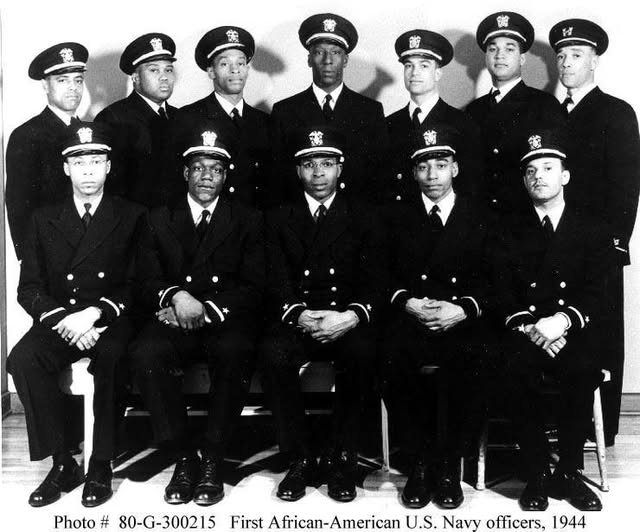 The Golden Thirteen were the thirteen African American enlisted men who became the first African American commissioned and warrant officers in the United States Navy. Throughout US history untill the end of WorldWar I, the Navy had enlisted African American for general service,they were barred from joining from 1919-1932. In June 1941, President Franklin D. Roosevelt signed the executive order (8802) that prohibited racial discrimination by any government agency.Although all sixteen members of the class passed the course, only Thirteen were commissioned in March 1944: John Walter Reagan (b.1920-d.1994), Jesse Walter Arbor (b.1914-d.2000), Dalton Louis Baugh, Frank Ellis Sublett (b.? – d.2006), Graham Edward Martin (b.1917- d.?), Phillip George Barnes, Reginald E. Goodwin,James Edward Hair (b.1915-d.1992), Samuel Edward Barnes, George Clinton Cooper, William Sylvester White, and Dennis Denmark Nelson were commissioned as Ensigns; Charles Byrd Lear (b.1920-d.2006) was appointed as a Warrant Officer.
The Golden Thirteen were the thirteen African American enlisted men who became the first African American commissioned and warrant officers in the United States Navy. Throughout US history untill the end of WorldWar I, the Navy had enlisted African American for general service,they were barred from joining from 1919-1932. In June 1941, President Franklin D. Roosevelt signed the executive order (8802) that prohibited racial discrimination by any government agency.Although all sixteen members of the class passed the course, only Thirteen were commissioned in March 1944: John Walter Reagan (b.1920-d.1994), Jesse Walter Arbor (b.1914-d.2000), Dalton Louis Baugh, Frank Ellis Sublett (b.? – d.2006), Graham Edward Martin (b.1917- d.?), Phillip George Barnes, Reginald E. Goodwin,James Edward Hair (b.1915-d.1992), Samuel Edward Barnes, George Clinton Cooper, William Sylvester White, and Dennis Denmark Nelson were commissioned as Ensigns; Charles Byrd Lear (b.1920-d.2006) was appointed as a Warrant Officer.
Because Navy policy prevented them from being assigned to combatant ships, early black officers wound up being detailed to run labor gangs ashore.
View this post on Instagram
@sendarella93 When your Grandma know the words to GloRilla! 🤪 Have a TurnedUp Tuesday! @mommac1957 @Gloria Boyd #grandmasoftiktok #grandma #glorilla #fyp #explore #grinchmas #celebration #foryoupage #viralvideos #litgrandma #funnyvideo #funnymoments ♬ WHATCHU KNO ABOUT ME – GloRilla & Sexyy Red
@brownnatives Mexican man speaks of the (Negro) Olmecs who built the pyramids in Mexico, confirming that they were the first. #olmecs #mayans #mexico #pyramids #ancientmexico #ancienthistory
